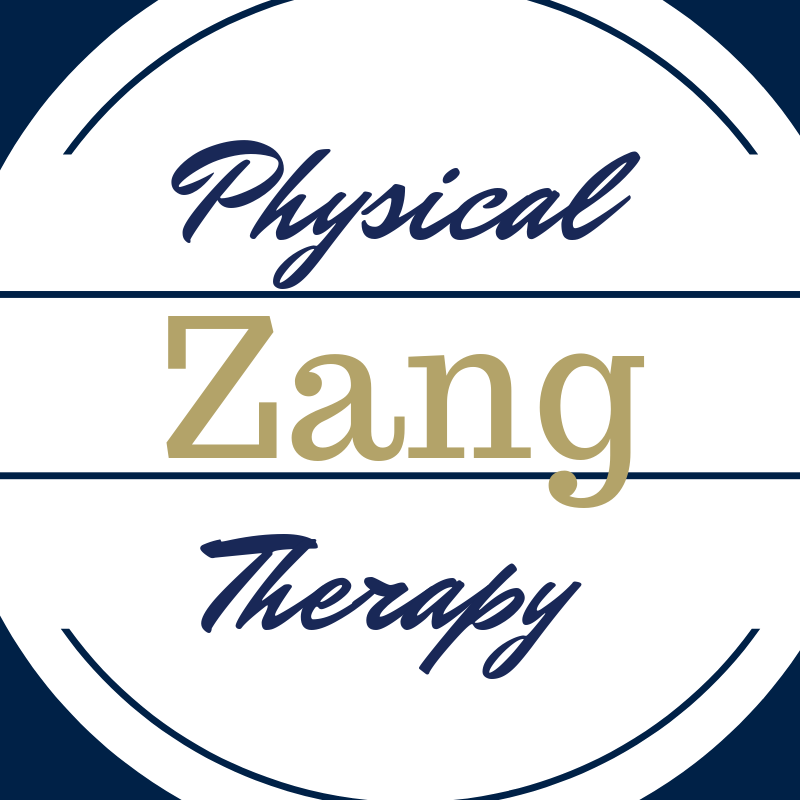From a technical standpoint, carpal tunnel syndrome (CTS) is compression of the median nerve (which controls motor function of the hand) by the transverse carpal ligament as it passes through what is known as the carpal tunnel (the bones making up the wrist). In LAYMAN’s terms, CTS is the numbness or tingling that one experience’s in their hand (primarily thumb, index and middle fingers).
Beyond the numbness or tingling often reported by patients, other common symptoms include: decreased grip strength, loss of fine motor dexterity, feeling that the fingers are swollen, and feeling the need to “shake the hands out” to get rid of the numbness. One may first start to be aware of these issues at night. Women are three times more likely to suffer from this condition.
What causes carpal tunnel syndrome?
Many factors could play a role. Some of the most common causes of CTS include: repetitive motions of wrist/hand for work such as typing or manufacturing work, use of vibrating hand tools, pregnancy (usually temporary), fluid retention, rheumatoid arthritis, and issues of the thyroid or pituitary gland. It is also possible that how the bones in one’s hand developed could be a factor as well.
How is CTS diagnosed?
There are several tests either your doctor or physical therapist can perform that are suggestive of CTS. It is possible for other conditions to mimic CTS, but a thorough exam can help determine this. If the issue remains in question, a nerve conduction study can confirm the diagnosis of CTS.
How is CTS treated?
There are several options available to one suffering from carpal tunnel syndrome. Potential treatments include: anti-inflammatory medication, wrist splints (especially at night), Physical Therapy, injections, and finally surgery. The most important thing to remember is EARLY treatment can reduce the need for more invasive interventions such as surgery. The longer one waits for treatment, the greater the risk for permanent damage to the nerve. From a conservative standpoint, if factors related to the onset of the CTS such as decreased mobility or flexibility, strength imbalance or postural bad habits can be identified and addressed via physical therapy treatments, it may be possible to resume normal function without having to visit the hand surgeon.
